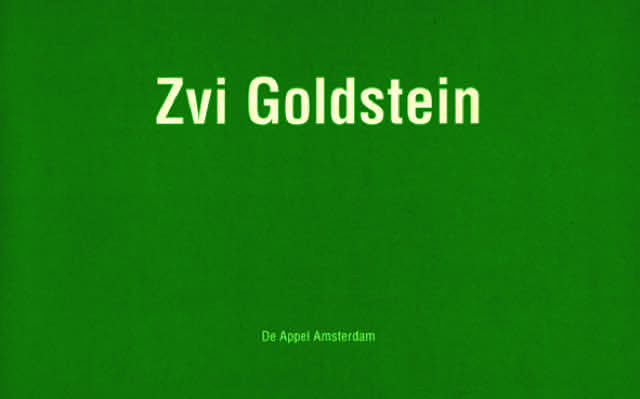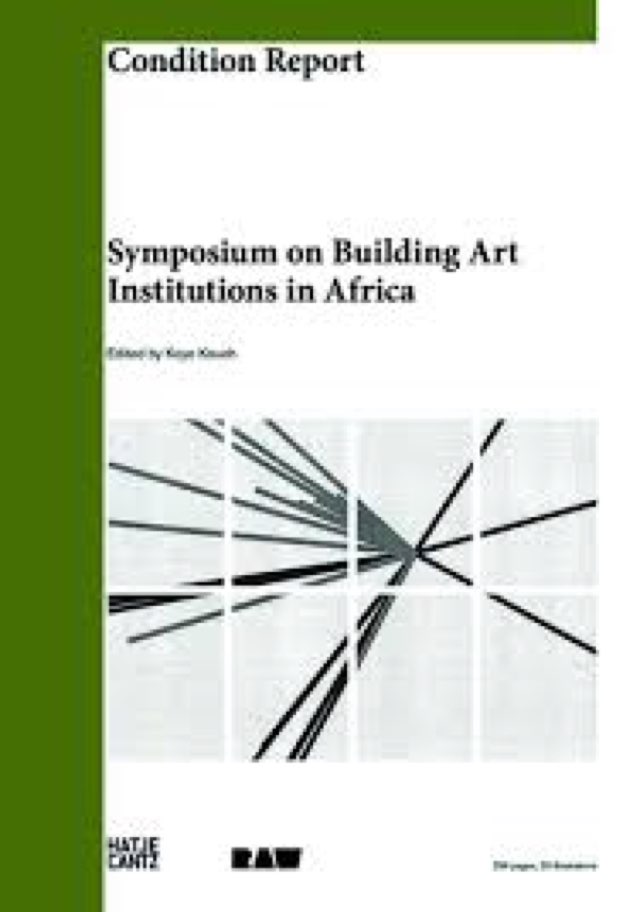Zvi Goldstein "Zvi Goldstein"
07.11–19.12.1992
de Appel, Prinseneiland 7, Amsterdam
de Appel, Prinseneiland 7, Amsterdam
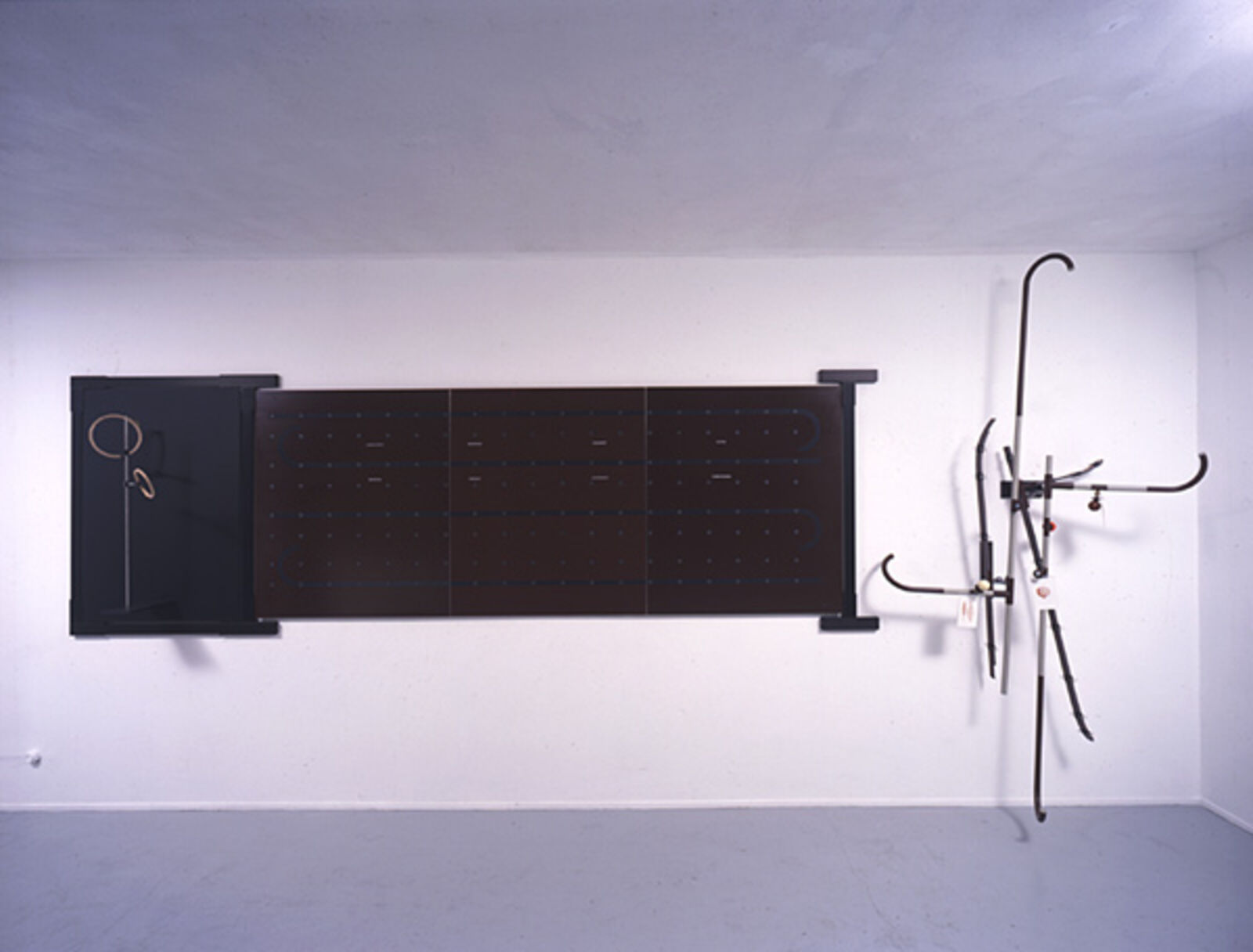
Contingency and solidarity, 1992
© Cary Markerink, Amsterdam
© Cary Markerink, Amsterdam
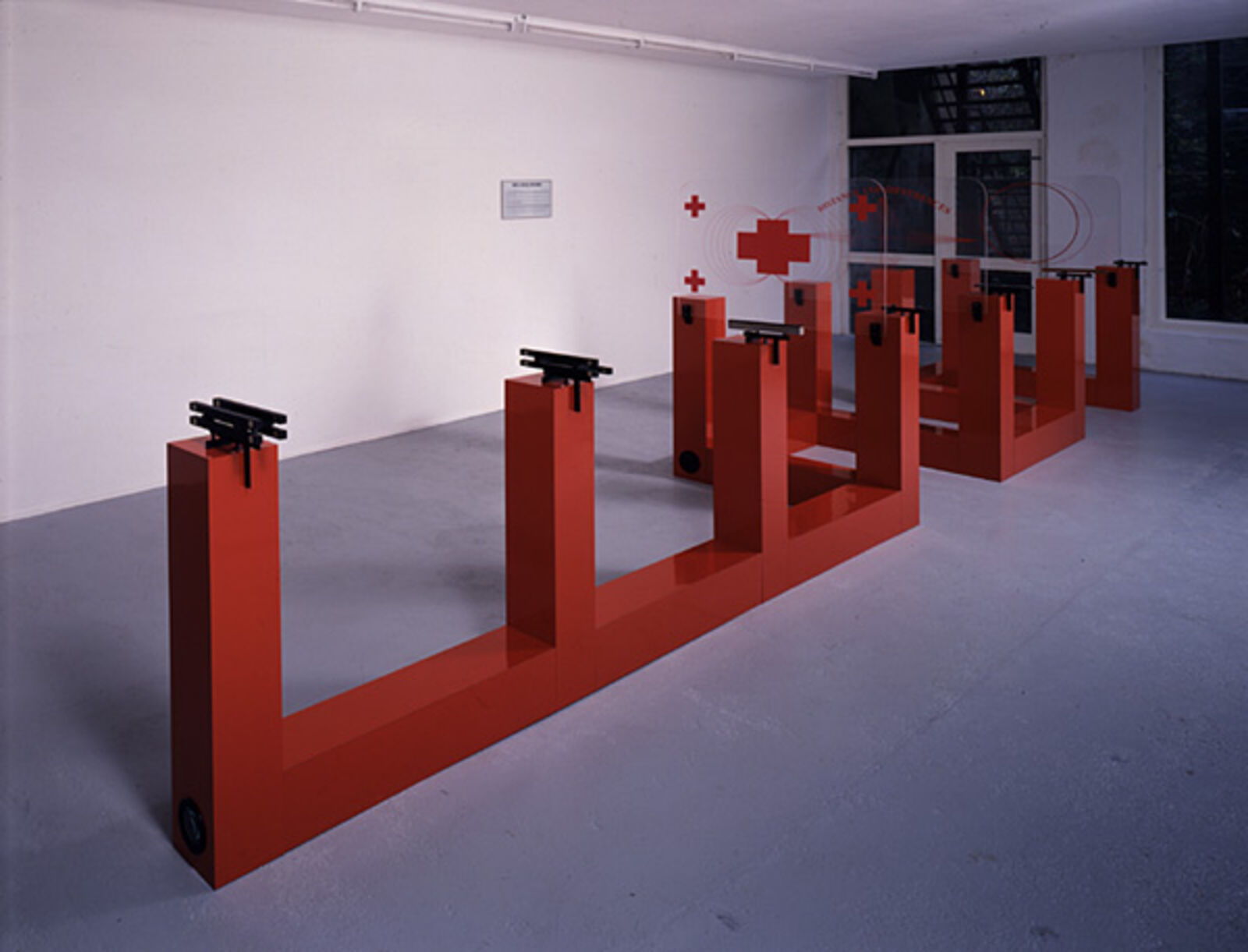
Distance and differences, 1991
© Cary Markerink, Amsterdam
© Cary Markerink, Amsterdam
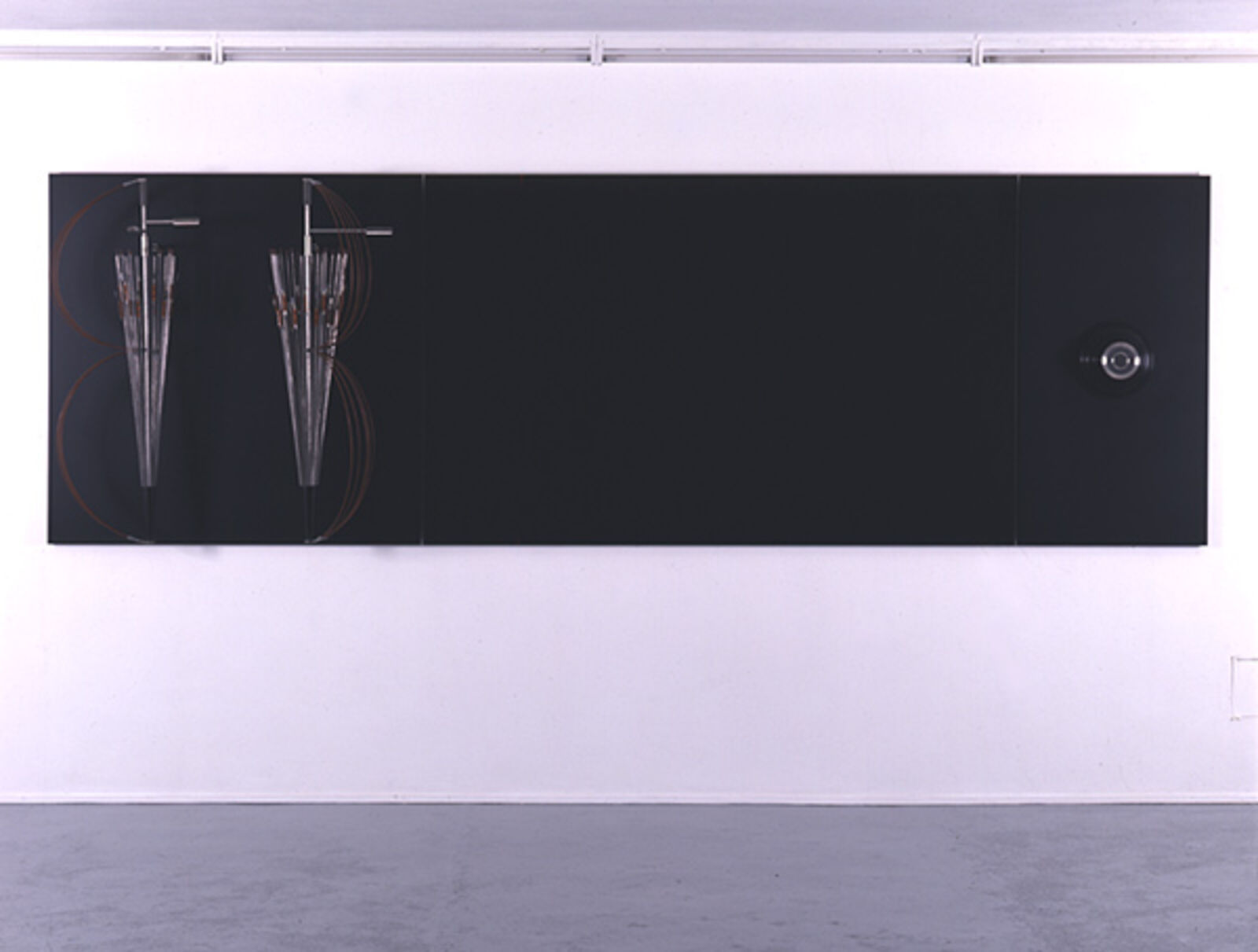
Cultural attraction, 1990
© Cary Markerink, Amsterdam
© Cary Markerink, Amsterdam
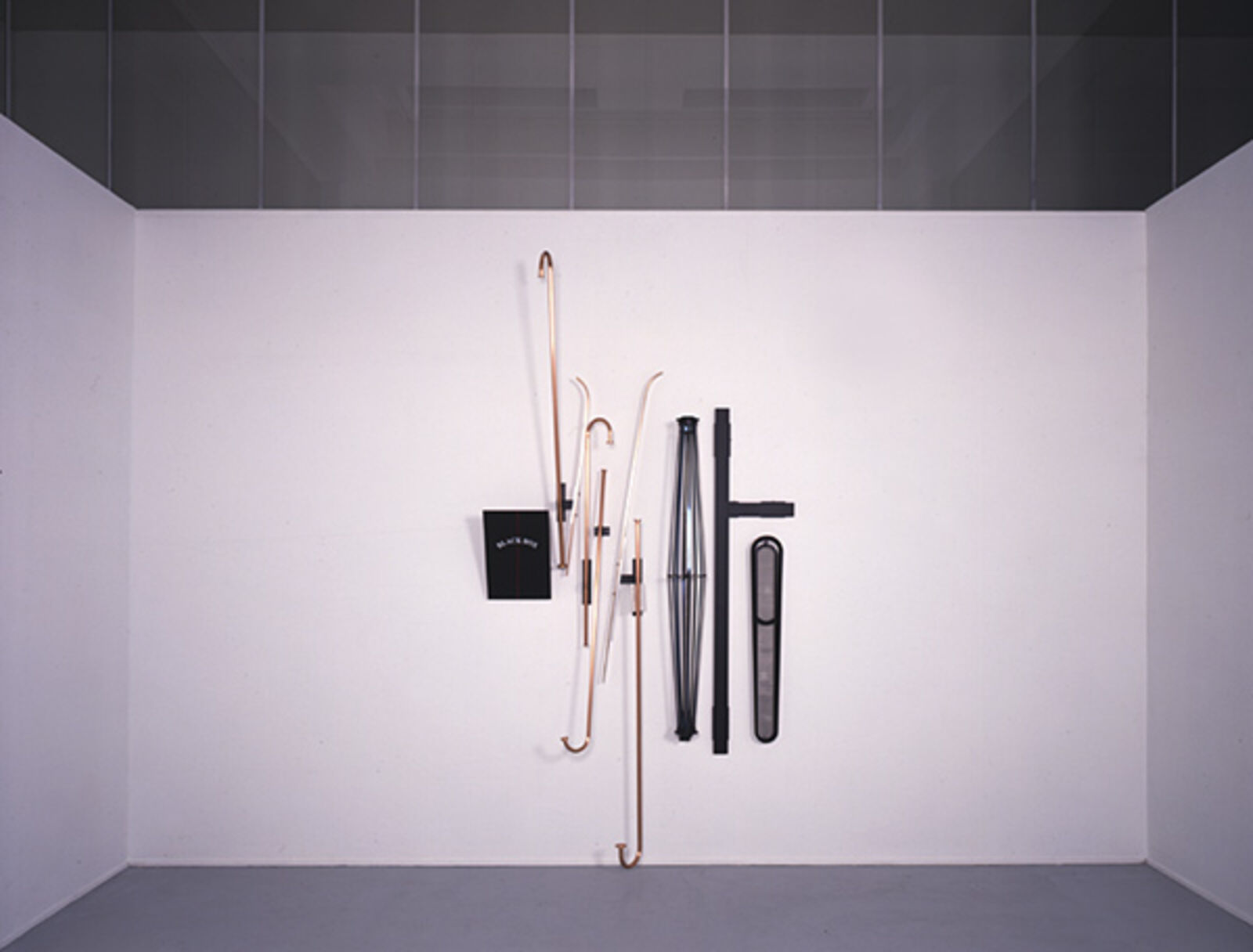
Black box, 1990-1991
© Cary Markerink, Amsterdam
© Cary Markerink, Amsterdam
‘Five years ago, Zvi Goldstein had an exhibition in the Centre Pompidou under the title 'Third World and world Three'. This title practically became a manifesto of the artist, who has lived in Israel since his youth. World Three refers to the work of Karl Popper, who draws a distinction between the world of reality, the world of consciousness and world Three, the world of abstractions and hypotheses. The term 'Third world' naturally has a direct political connotation. Yet Goldstein questioned the concept of 'Magiciens de la Terre', an exhibition in the same Centre Pompidou, which confronted contemporary art from the West with art from non-Western countries. "Once more', he said, "it demonstrates that the discourse of the so-called primitive cultures has no copyright, Western society never pays a cultural tax." Goldstein is anything but a proponent of folklore and national traditions. He is engrossed in the utopic ideas of constructivism, and has familiarised himself with the universally intended vocabulary of artists such as Tatlin, Malevitch and Lissitzky. His works consist of oblong paintings combined with reliefs, and of architectural sculptures; these are characterized by reds and blacks, cast shadows, circles, wedges. and by the use of texts. In various interviews, Goldstein stresses that his work is made in an entirely different context from the West: at the edge, at its extreme periphery. It is practically inevitable that his looking towards the 'centre' will result in borrowings. But these borrowings undergo a transformation His five black panels - which could easily constitute a piece of minimal art - carry strange, compelling reliefs on both sides. These drive ones gaze from the centre tot the edges. The viewer becomes unable to concentrate on the centre, the traditional vanishing point of Western painting. "Though the use of art language, I try to formulate in this metaphoric Kart Popper-World Three the possibility of a real third world: a political and ideological entity. It is not enough to criticize the dominant culture as in the seventies. If modernism is to receive new energy, it will come from the periphery, a point from which to regard Western culture."' (Invitation text by Saskia Bos)
Catalogue:
Zvi Goldstein, 1993. Text: Zvi Goldstein, Marianne Brouwer, Saskia Bos. Dutch & English. Bio- & bibliography included. 24 Pages: 4 f.c., 29.5 x 18.5 cm. Softcover. Design: Irma Boom. ISBN 90 73501 17 2. SOLD OUT
See also
